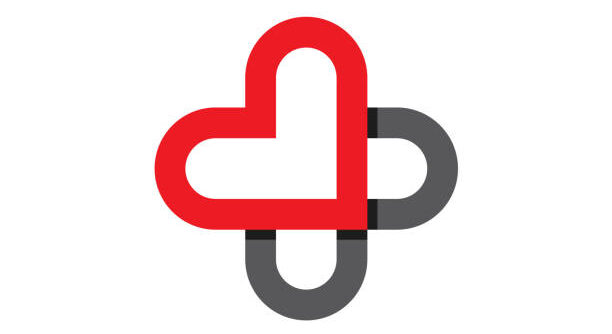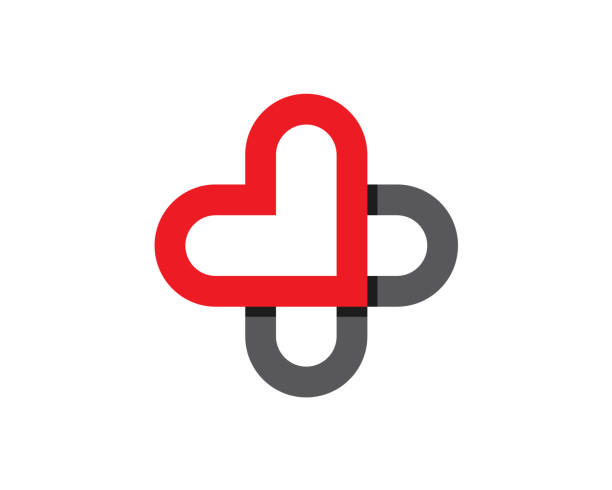In 2010, the Affordable Care Act redefined access to healthcare. Fifteen years later, we find ourselves facing a different kind of challenge — not who can enter the system, but how the system works once they’re inside.
We now spend over $5.1 trillion annually on healthcare — nearly 19% of GDP, up from 17.9% in 2010, despite only a 10% increase in population during the same period. Coverage has expanded — from 84% to 92% — yet costs continue to rise unabated, and operational complexity has reached a breaking point. Even with better coverage, public trust in the system is declining: only 36% of Americans view the U.S. health system quality in line with costs paid, while 54% rate it unfavorably, according to recent polls.
We’ve achieved broader access. However, we’ve yet to optimize the system.
The burden beneath the surface
While clinicians and patients experience the visible friction of care—delays, denials, documentation — the underlying burden is operational. Manual processes still drive some of the most critical interactions in healthcare.
- Prior Authorization processes can take over 35 minutes per request. At scale, a large health plan may process 80,000–100,000 authorizations daily.
- Medical Record Reviews, Appeals & Grievances, and Claims Processing require human interpretation of unstructured data—faxes, handwritten notes, PDFs.
- Care Gap Reviews and Risk & Quality Assessments often lag behind real-time decision-making, reducing their effectiveness in value-based care models.
And this isn’t limited to payers. Hospitals and health systems are weighed down by similar challenges.
- Teams must manually abstract data for clinical research or quality reporting.
- Prior auth requests must be initiated and tracked with little visibility into payer status.
- Multidisciplinary care teams are left to coordinate via email, EHR notes, or spreadsheets — often resulting in duplication, missed opportunities, and clinician burnout.
All of this consumes vast resources: over 25% of total U.S. healthcare spending is now attributed to administrative costs. Meanwhile, patient experience stagnates, staff burnout rises, and trust erodes.
Built for incrementalism, not transformation
One reason we haven’t fixed this is that the system was built for slow change. The ACA, for all its merits, presumed a stable regulatory environment and incremental improvement. It embedded programs like the Patient-Centered Outcomes Research Institute and the National Quality Strategy, but failed to anticipate the scale, speed, and complexity healthcare would assume in the following decade.
It did not foresee the rise of vertically integrated health conglomerates, private equity in care delivery, or the concentration of market power into fewer players. Nor did it anticipate how technology would evolve — AI, machine learning, self-service diagnostics, and Big Data — while the healthcare system remained largely analog beneath the surface.
As a result, the ACA focused on coverage over capability. The bet was that with more people in the system, operational improvements would follow. But that bet didn’t pan out. Administrative processes were largely untouched, and innovation was stifled by regulatory caution and stakeholder resistance.
Today, we are left with a system that looks digital on the surface but remains deeply manual at the core.
Disruption from the top?
Recent political shifts add even more urgency. During his Senate confirmation hearing, incoming CMS Administrator Dr. Mehmet Oz made it clear: change is coming.
Oz framed the current healthcare model as controlled by “150 people who don’t want anything to change” — a striking rebuke of entrenched interests. He called for real-time data use, smarter workflows, and tools that empower both patients and clinicians. He emphasized AI-driven transformation in areas like prior authorization, while also warning of its potential misuse and calling for oversight.
His stance underscores a central tension: we need change, but the system isn’t built to change fast enough. That’s where Agentic AI becomes not just helpful, but essential.
What Is Agentic AI?
Agentic AI refers to intelligent, task-specific systems that can ingest complex data, interpret context, reason across criteria, and collaborate with humans — all in real time. Unlike traditional automation or rules-based bots, these agents don’t require exhaustive programming. They learn, adapt, and integrate within existing workflows.
They’re not tools. They’re co-workers.
Here’s what they enable across the healthcare ecosystem.
For health plans:
- Prior Authorization: Simultaneous guideline adjudication across Carelon, InterQual, and internal criteria, generating instant, explainable decisions.
- Care Gaps Review: Proactive alerts based on real-time stratification of member data.
- Medical Record Review & Appeals: Summarizing and indexing clinical narratives from free-text EMRs, PDFs, and images.
- Claims Processing: Flagging inconsistencies and accelerating resolution with structured, reasoned decision support.
- Fee Schedule & Risk Assessment: Adaptive matching of codes, pricing models, and risk adjustment metrics in near real-time.
For hospitals & health systems:
- Clinical Research: Accelerating cohort selection by parsing unstructured notes for eligibility markers.
- Care Management: Synthesizing risk factors and interventions to guide high-touch outreach.
- Revenue Cycle Management: Automating documentation for pre-authorization, appeals, and compliance reviews.
- Care Coordination: Dynamic, AI-powered decision summaries for multi-disciplinary teams, with visibility into the latest clinical events, gaps, and patient preferences.
All of these cases share one theme: burden reduction through intelligent collaboration.
The “how” of transformation
So how does Agentic AI make this real?
- Ingests Complexity at Scale – These systems are built to process faxes, scanned documents, handwritten notes, EMR outputs, and claims files—all in one go. They don’t need perfect data. They thrive in messy ecosystems.
- Understands Healthcare Context – Instead of treating everything as generic content, Agentic AI understands healthcare-specific terms, regulatory requirements, and clinical pathways. It doesn’t just read a chart — it knows what’s relevant, what’s missing, and what it means.
- Collaborates with Transparency – Every insight is traceable back to its data source. Every action is auditable. Every recommendation can be explained. This isn’t black-box AI—it’s co-pilot intelligence built for regulatory-grade environments.
- Adapts to Policy Shifts – As regulations evolve — whether under a Trump or any future administration — Agentic AI systems can be quickly updated to reflect new requirements, preventing costly re-training and hard-coded failures.
- Scales Across the Enterprise- Once embedded in prior auth, the same infrastructure can be applied to medical reviews, appeals, risk analysis, and even clinical research—creating a flywheel of transformation.
Why now?
Because we can’t wait. The next administration — whoever it is — will face immense pressure to rein in costs, simplify care delivery, and restore public trust. That means tighter oversight of Medicare Advantage, potential Medicaid reforms, and continued scrutiny of payer practices.
Health plans and providers must prepare now — not with fear, but with readiness. That readiness won’t come from more manual hires or new portals. It will come from systems that think, adapt, and support.
Agentic AI isn’t just a tech strategy. It’s a resilience strategy.
From capacity to capability
Healthcare has succeeded in expanding its capacity — more enrollees, more technology, more data — but raw capacity alone can overwhelm rather than empower. The critical step forward is transitioning from mere capacity to true capability. We need intelligent, scalable systems that lift burdens, illuminate connections, and empower healthcare professionals to deliver their highest-quality care.
Agentic AI provides this essential capability. It transforms complexity from a source of burden into a wellspring of opportunity, shifting healthcare from reactive compliance to proactive, insightful care. The real transformation doesn’t happen in headlines — it unfolds within the daily workflows of healthcare delivery.
We must stop demanding more effort from a strained system and instead invest in systems designed to amplify human potential. The future of healthcare isn’t merely digital — it’s intelligently collaborative. The future is Agentic.
Picture: Yuichiro Chino, Getty Images

Ganesh Padmanabhan is the CEO and co-founder of Autonomize AI, a pioneering company enabling knowledge workers in regulated industries to have access to trusted, safe AI solutions. Under his leadership, Autonomize develops AI copilots that organize, contextualize, and summarize unstructured healthcare data, reducing administrative burden while enabling data-driven decisions that improve patient outcomes.
A visionary in healthcare AI, Ganesh founded Autonomize AI in January 2022 after successful ventures in explainable AI and data aggregation. The company serves an impressive roster of clients, including Top 20 pharmaceutical companies, Fortune 100 payers, and leading value-based care organizations. Autonomize AI is also a founding member of CancerX, part of the U.S. President’s Cancer Moonshot initiative.
A sought-after keynote speaker, Ganesh has been featured in Forbes, Business Insider, Fast Company, and other leading publications. He was recognized by Enterprise Management 360 as one of the 10 tech experts revolutionizing AI in 2018.
This post appears through the MedCity Influencers program. Anyone can publish their perspective on business and innovation in healthcare on MedCity News through MedCity Influencers. Click here to find out how.





